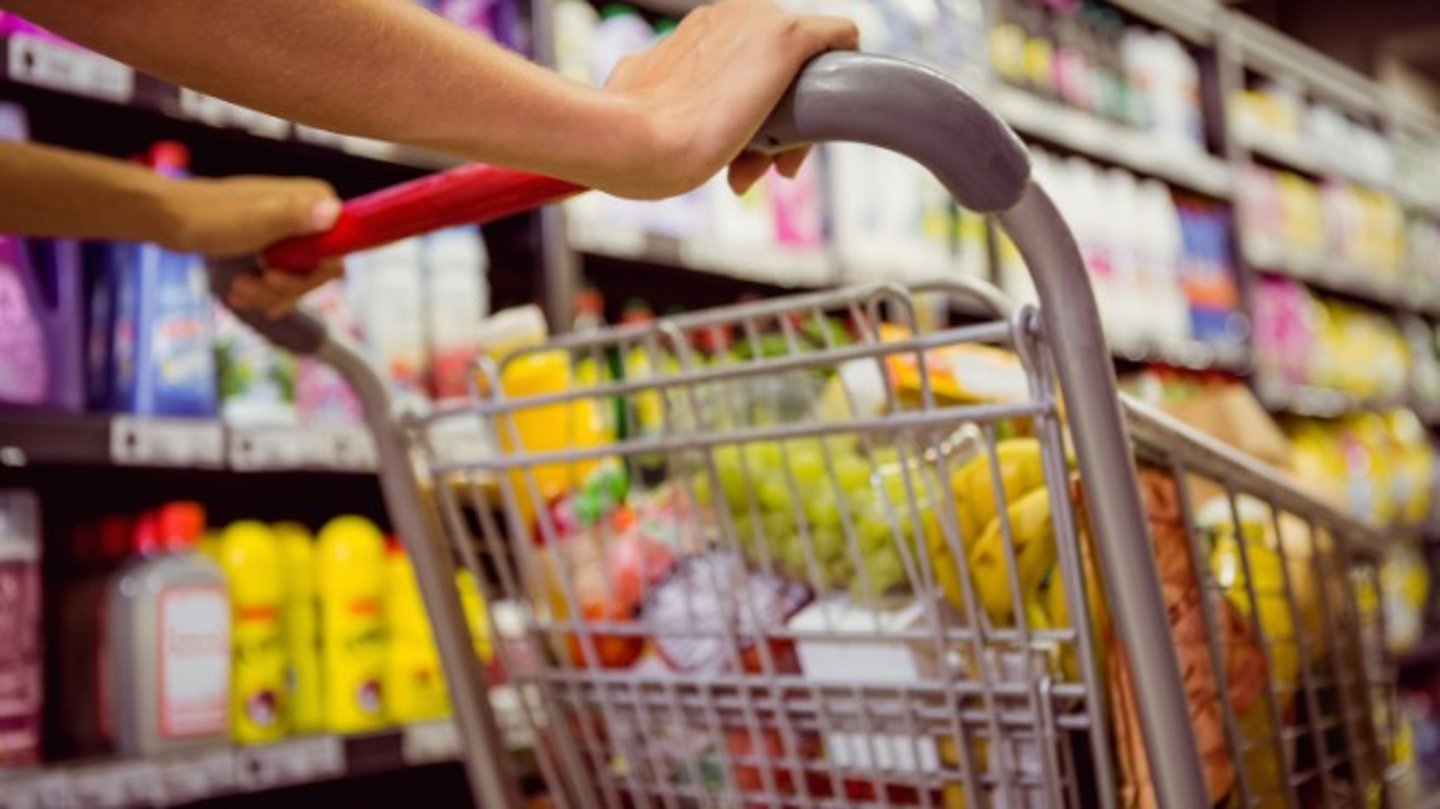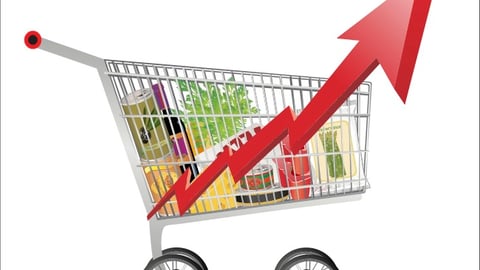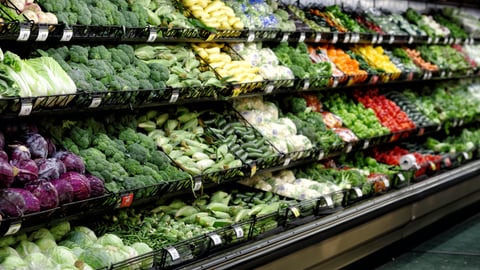What food products were big winners in 2021? (Report)
Home baking is out and store-bought candy and chocolate are in, according to findings from Farm Credit Canada (FCC).
The FCC Annual Food Report 2022 on food manufacturing sales reports that grocery sales of products using grains and oilseeds decreased 7.1% in 2021 year-over-year. This was below the total grocery food increase of 0.3% as consumers cut back on baking-related purchases like flours and oils, and bought fewer cheap-bulk foods like rice.
Secondary baking products like baking powder, baking soda and yeast saw sales drop over 16%. Oil products and margarine sales were flat, but volumes were down over 12%. Pasta was the big winner in the category, with sales increasing 7%.
Overall sales in the category (including grocery and foodservice) increased nearly 49% in 2021, to $15.8 billion, driven largely by record prices and higher exports.
While Canadians may have hung up their aprons, they haven’t lost their sweet tooth. Grocery sales of sugar and confectionery products increased 3.3%. Sales rebounded in sugary drink mixes (15%), candy (11%) and chocolate products (4%).
The report states that after a difficult 2020, the sugar and confectionary industry overall had one of its strongest years for revenue growth on record, with sales increasing 15% in 2021 to $4.5 billion.
In the fruit, vegetable and specialty food category, grocery sales declined 1.4% in 2021 after increasing 8.6% in 2020, yet remained 7.1% higher than 2019. While imports declined in 2021, Canadians still ate less domestically produced products than the year prior. Overall sales in the category reached $8.65 billion in 2021, down 1.4% from 2020.
“Unlike 2020, centre-of-store shopping underperformed the perimeter in 2021,” the report states. “Customers returned to buying fresh produce, hurting volumes of frozen and canned fruits and vegetables. However, there is optimism for 2022. Frozen food and non-frozen products offer convenience, affordability and increasingly nutritious options. With inflation reducing consumers’ purchasing power, these (often cheaper) products offer a solution.”
Sales of dairy products at grocery stores were up 1% in 2021 and volume fell 3.3%. Alternative dairy beverages (for example, soy, almond and oat), performed well relative to traditional dairy, with sales increasing 3.2% and volume increasing 2.3% in 2021. Overall dairy product sales were up .8% to $16 billion.
On the meat front, grocery store sales declined 1% in 2021. Meat inflation was 5.8%, reaching over 10% in beef and pork in Q4 as higher livestock prices, supply chain disruptions and labour challenges contributed to increased consumer prices.
Convenience meat products were big winners in 2021, according to FCC. Jerky sales increased 9.1%, lunchmeat sales grew 4.0% and bacon was up 2.9%.
“Like other meat categories, volumes were impacted by higher prices, although not enough to cause a sales decline,” the report states. “Lunchmeat volumes started to pick up steam in Q4 when many people started to return to school and work – a trend likely to continue in 2022. Meat alternatives like tofu and plant-based meat products outperformed traditional meat sales growth; however, growth slowed from 31.6% in 2020 to 7.7% in 2021.”
Overall meat sales were up 14.7% to $35.3 million, as costs increased dramatically.
For food manufacturers, last year was the strongest year-over-year sales growth recorded since 1992, according to FCC. Sales overall increased 14.8% in 2021 from $109 billion to $125 billion, led by higher prices, strong exports, and a rebound in foodservice sales. Volumes grew by an estimated 5.5%, with prices up 8.7% on a monthly average basis. Grocery and specialty food retail sales increased 0.4%, driven entirely by inflation.
The full report (which also includes seafood and bakery) can be downloaded here.
FCC Economics is releasing a separate report on Canada’s beverage manufacturing sector later this year.




